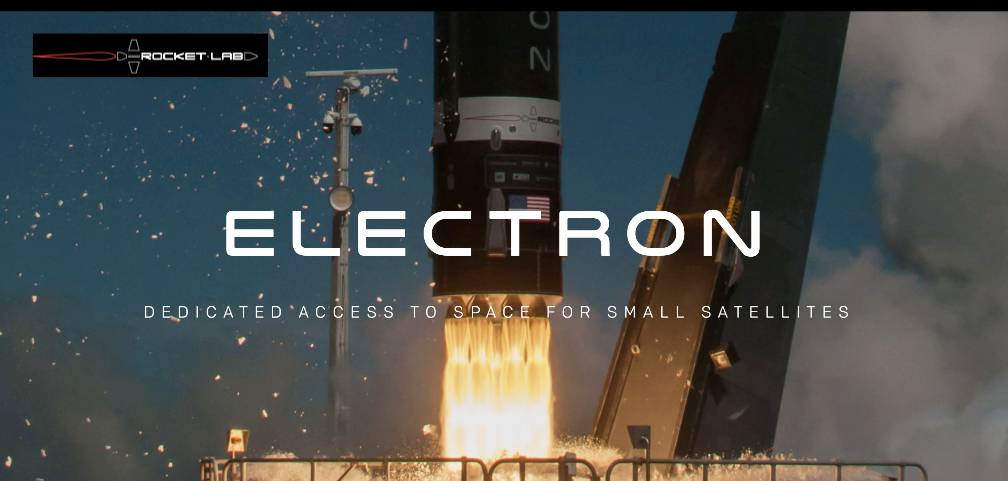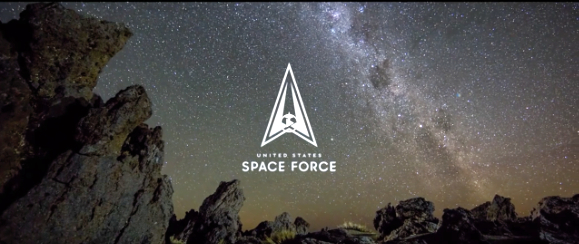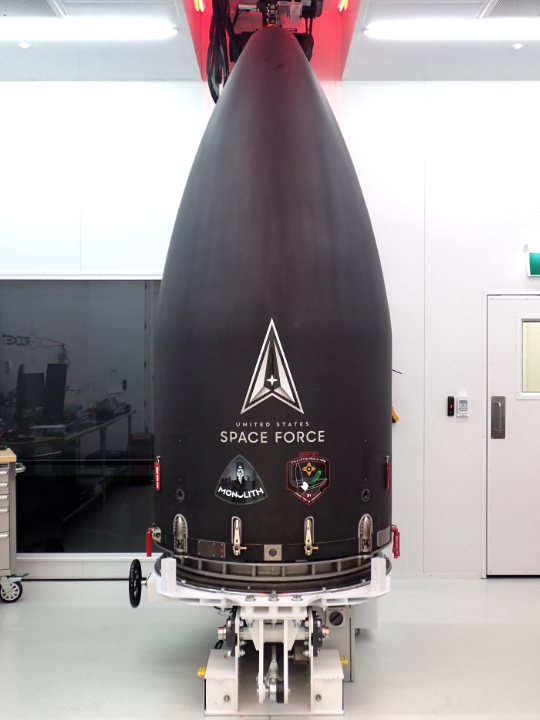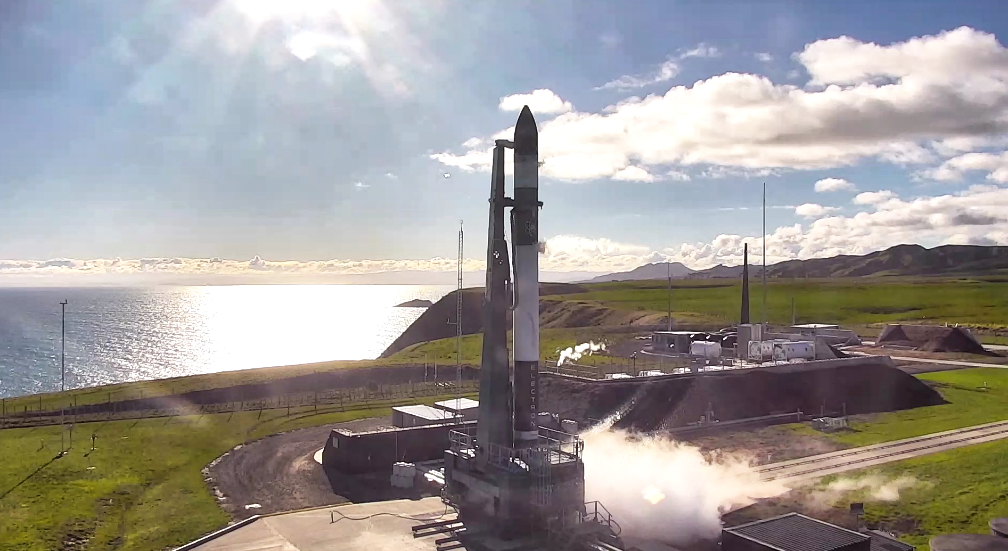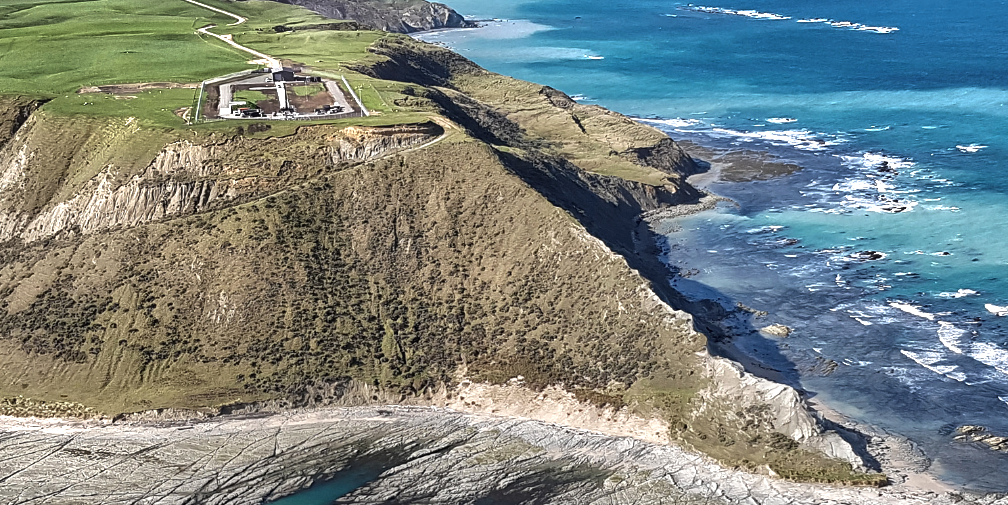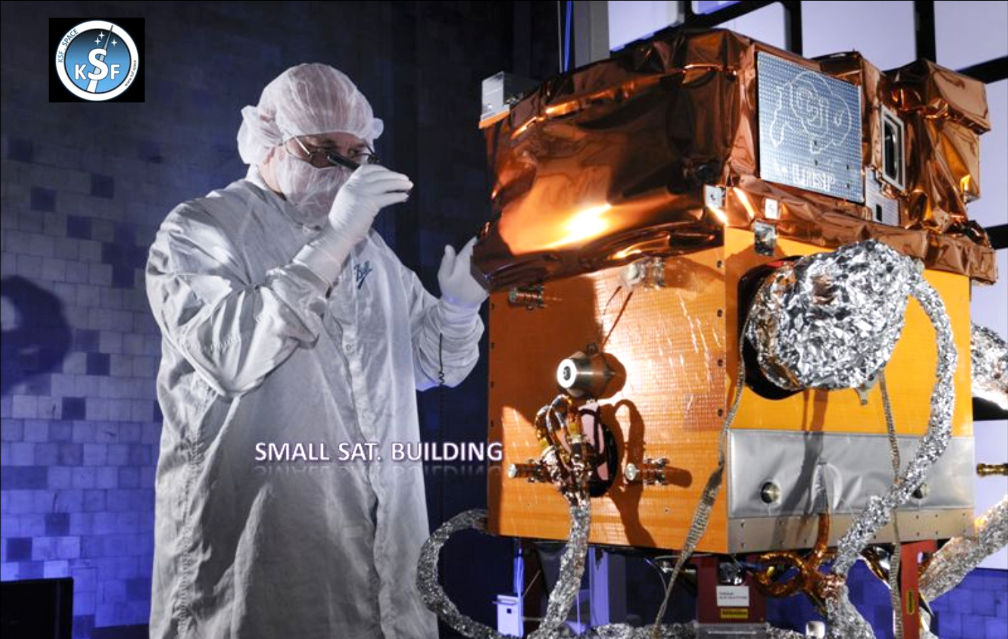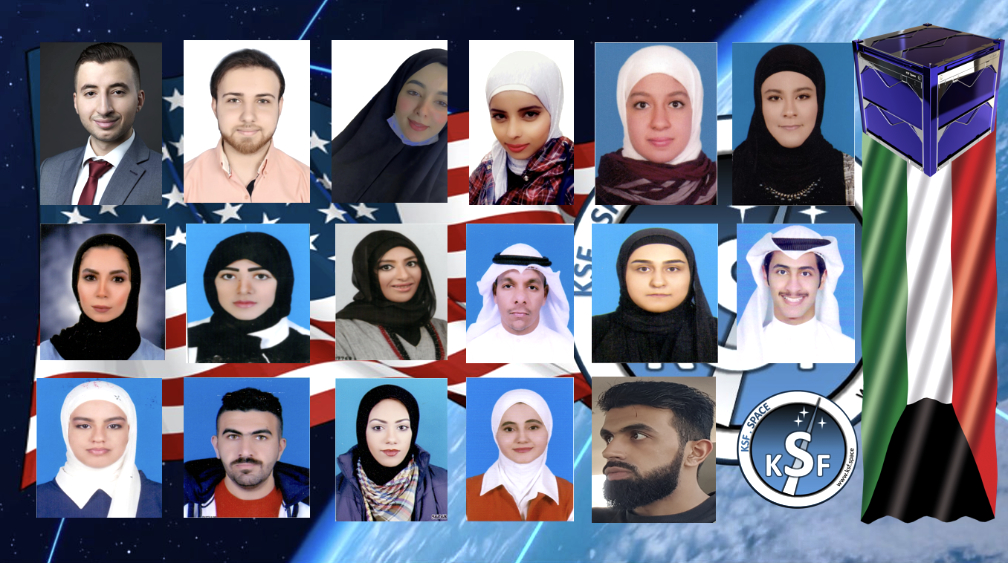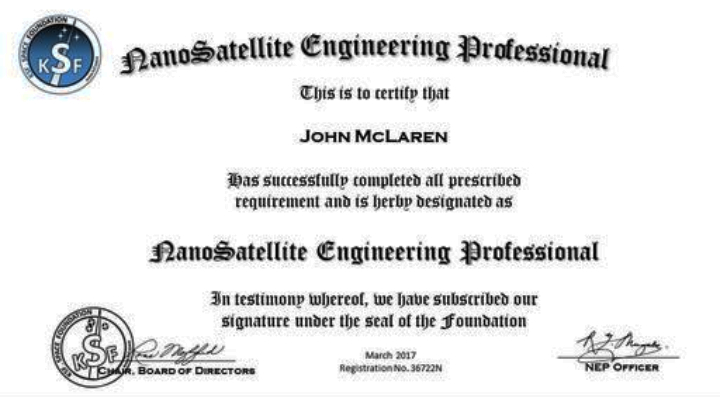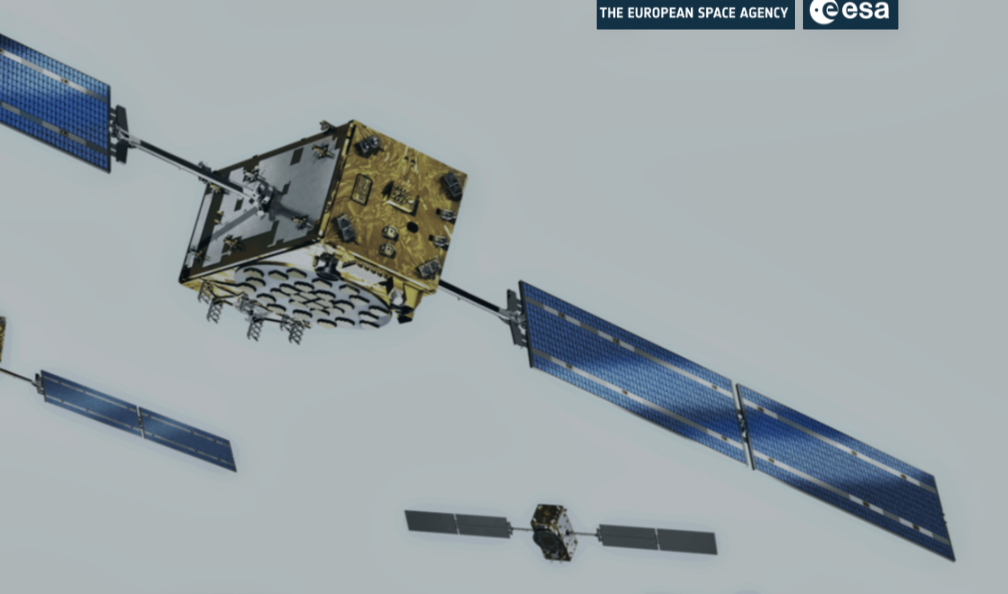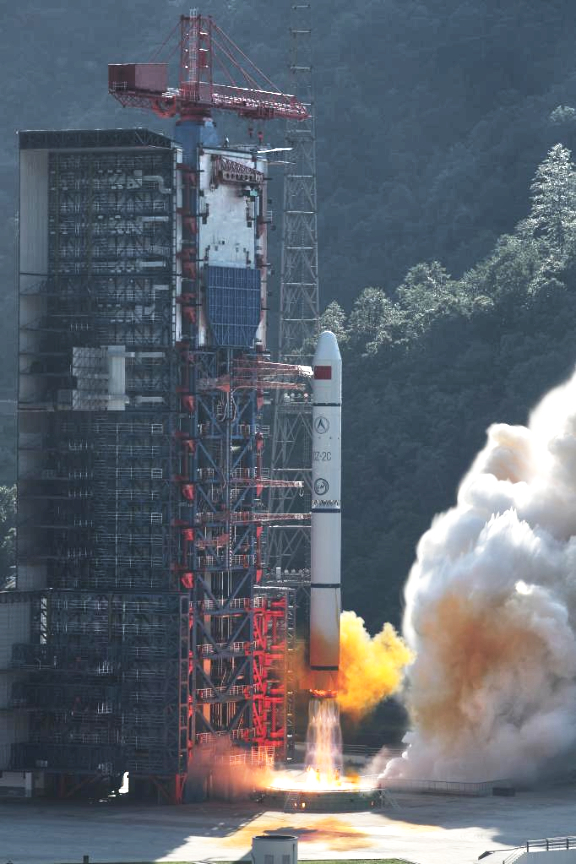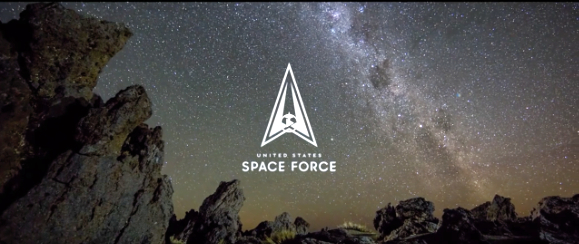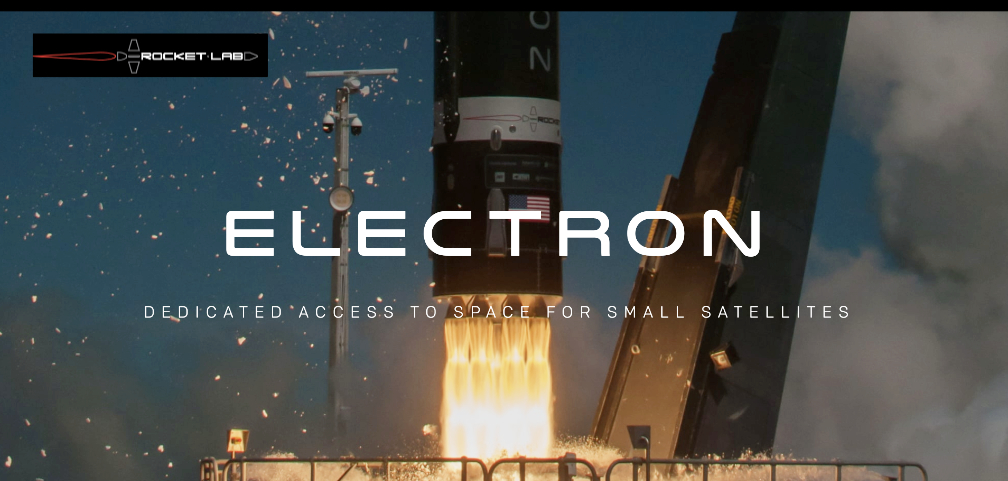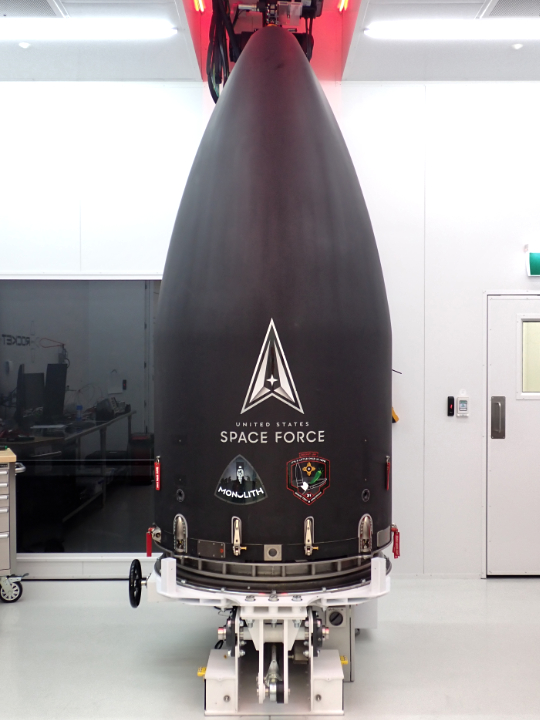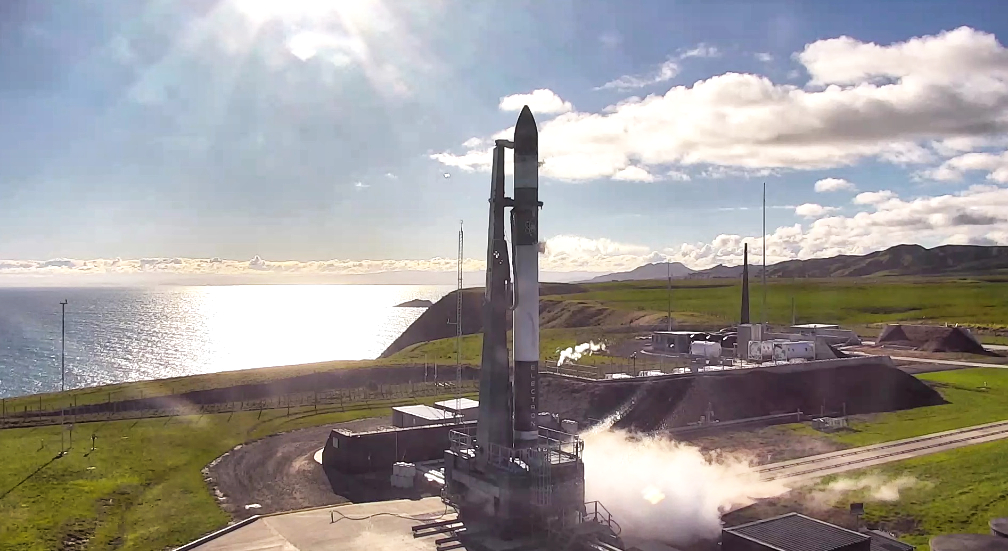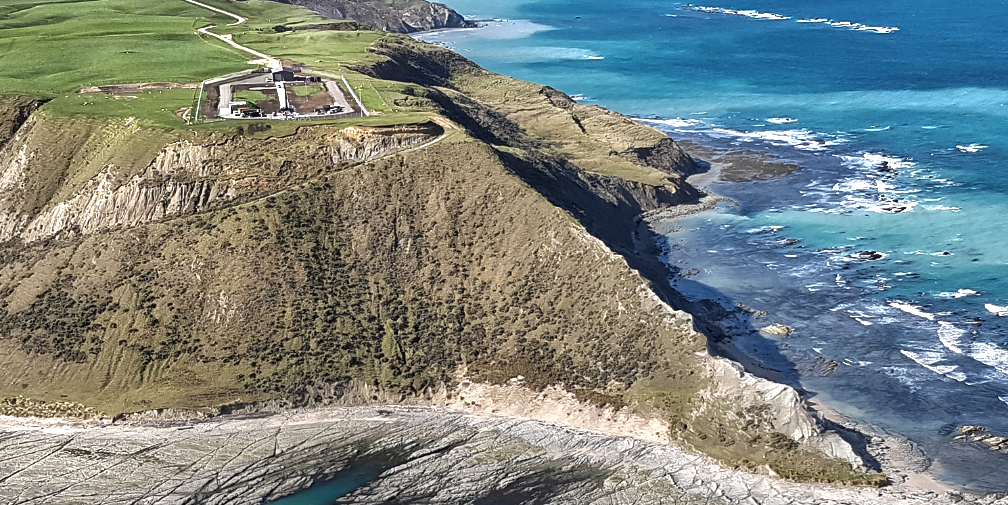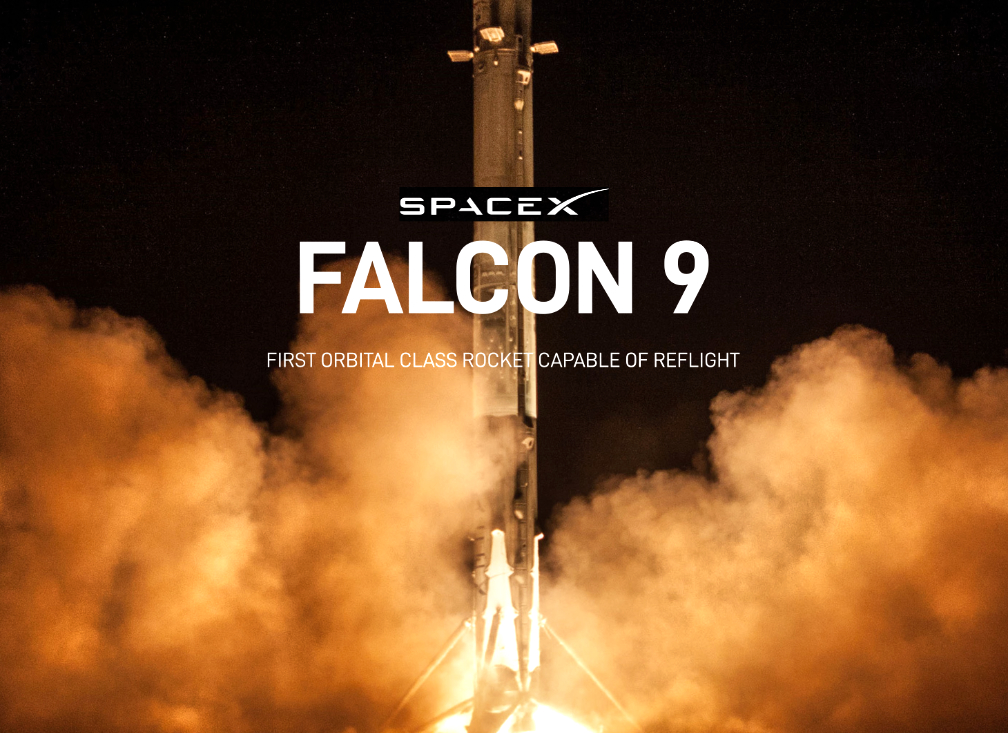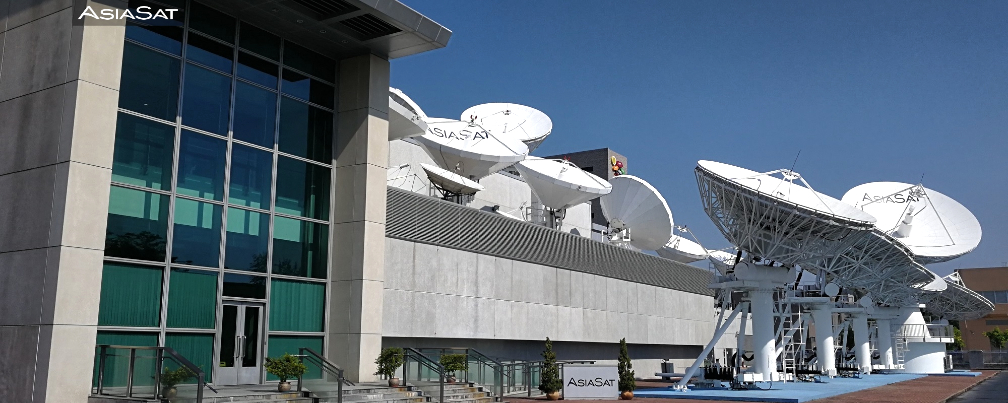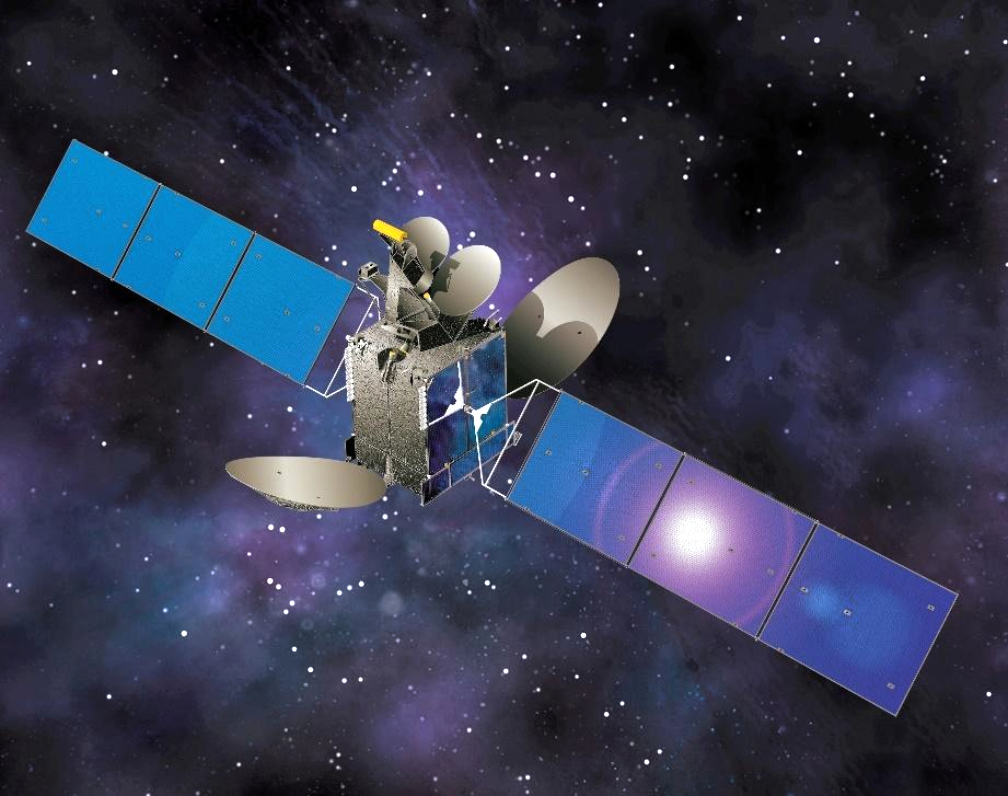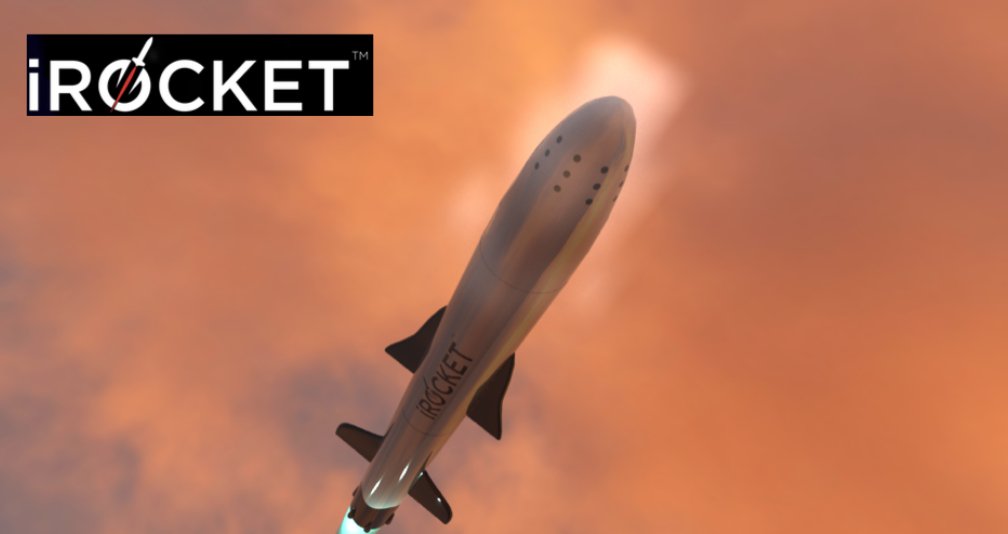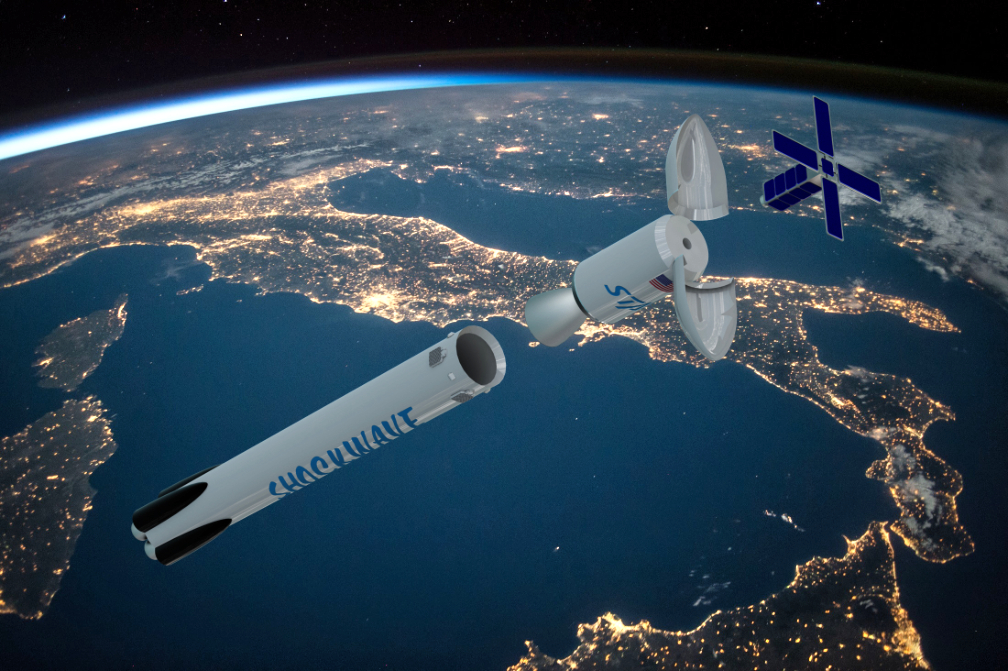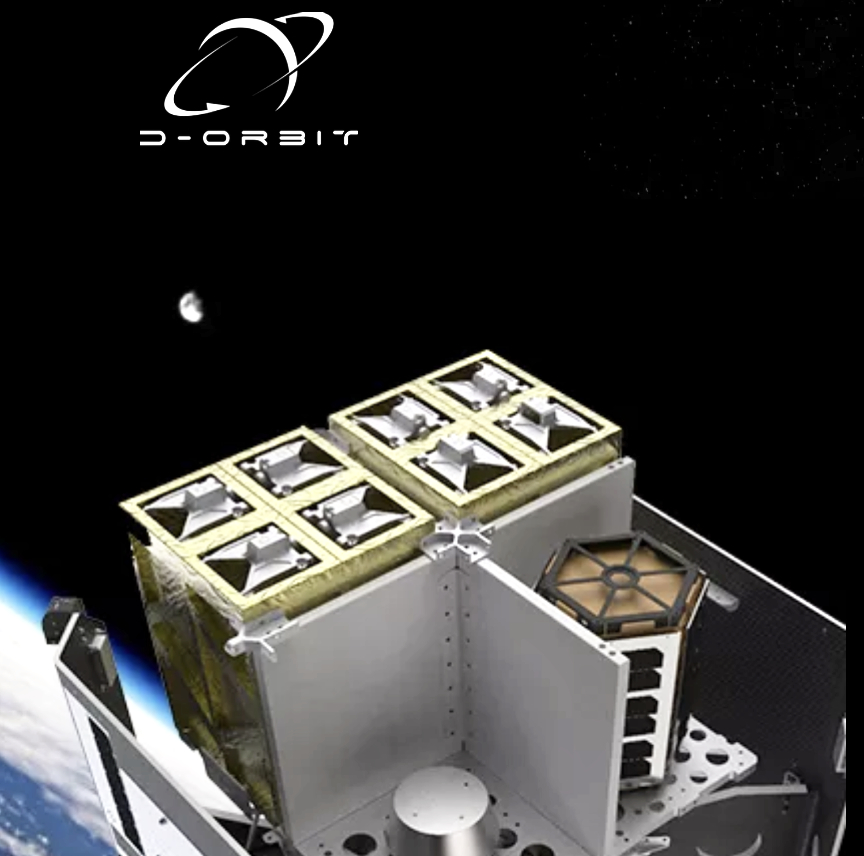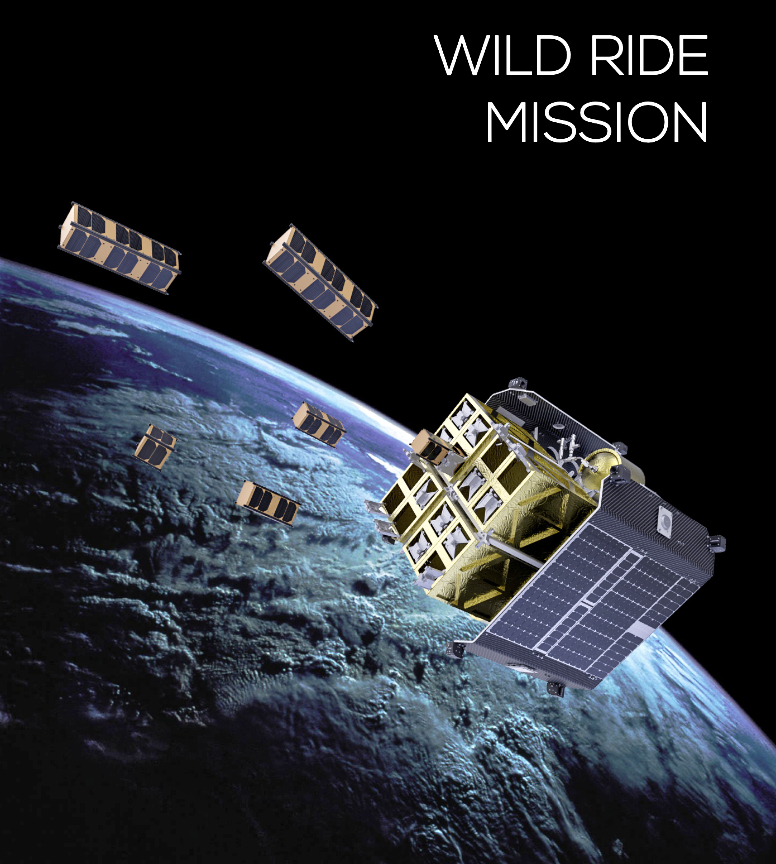
GeoOptics Inc. has announced a major upgrade to their CICERO constellation of satellites that will form a unified Earth observatory allowing governments, industry, and individual stakeholders to monitor and prepare for the many impacts of climate change.
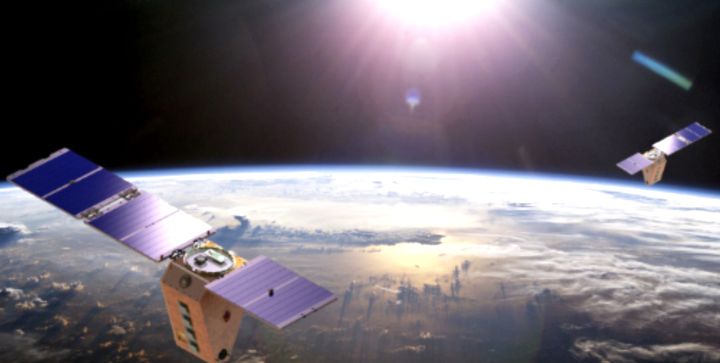
The first CICERO-2 launches will achieve several key milestones in smallsat EO, including:
Global Precipitation Watch
Monitoring heavy precipitation using Polarimetric radio occultation (RO), an advanced remote sensing technique pioneered by GeoOptics’ collaborators at NASA’s Jet Propulsion Laboratory (JPL) and the Spanish PAZ mission.
Advanced GNSS Reflectometry (GNSS-R)
Measuring many phenomena near Earth’s surface, including ocean winds, flooding, land cover (snow, ice, vegetation), soil moisture, and topography by means of reflected Global Navigation Satellite System (GNSS) signals. NASA’s recent CYGNSS mission demonstrated the broad utility of the GNSS-R technique. GeoOptics is working with JPL to deploy an advanced operational version, offering dramatically enhanced performance in a small, low-cost package. This collaboration is funded jointly by GeoOptics, the U.S. Air Force and NASA.
Triple RO
Profiling of atmospheric temperature, pressure, density, and other key properties by means of GNSS–RO. First proposed by company founder Tom Yunck while he was at JPL, GNSS-RO offers unrivaled measurement precision and is an essential contributor to global weather forecasting. The CICERO-2 satellites will yield three times the data volume of their predecessors and many times the volume of any other commercial GNSS-RO satellites.
For GeoOptics strategic partner Climavision, a weather data provider, these innovations will enable customers to manage significant risks in a time of global change. “With these new developments in remote sensing technologies from GeoOptics, we’ll be able to further enhance our climate and weather prediction capabilities,” said Chris Goode, CEO and Co-Founder of Climavision. “Through the combination of advanced RO profiles, GNSS-R data about surface conditions and our proprietary gap-filling radar network data, we’ll help customers in weather sensitive industries see weather like never before and give them the tools and data to make informed critical decisions.”
GeoOptics will later extend the system to a range of new applications, including precise mapping of Earth’s gravitational field, which has been named a top NASA Earth science priority for the next decade. This measurement shows the imprint of climate-related movement of water and other key changes in the earth. With internal investment and nearly $4 million from NASA, GeoOptics has devised a unique system architecture for daily gravity mapping with clusters of small satellites. This patented technique promises to improve gravity sensing 20-fold over current methods at a fraction of the cost.
Under the umbrella of the National Oceanographic Partnership Program (NOPP), GeoOptics is also designing a radar instrument to observe ocean vector winds, topography, soil moisture, and a variety of other surface properties with patented multi-satellite radar techniques. NOPP is seeking to sponsor a trial flight of GeoOptics’ Cellular Ocean Altimetry/Scatterometry Technology (COAST) within the next two years.
“In today’s environment, in which precision Earth sensing is becoming ever more critical, GeoOptics is deploying a flexible observatory made up of dozens of small satellites. The real time services will satisfy a broad range of needs for government and civil users around the world,” said Alex Saltman, Chief Executive Officer of GeoOptics.
Tom Yunck, GeoOptics’ Chief Technology Officer, said, “These advanced remote sensing applications – from basic RO to advanced radar and gravity mapping – exploit shared micro technologies that fit in the palm of one’s hand. Each new function builds naturally upon the previous, yielding prodigious observing capacity in a low-cost system of great simplicity and reliability.”
“CICERO-2 is designed to help provide high priority NOAA climate and weather monitoring observations, as ranked by the NOAA Space Platform Requirements Working Group (SPRWG),” said Conrad C. Lautenbacher (Vice Admiral, USN ret.), Executive Chairman of GeoOptics and former NOAA Administrator. “It can also play a key role in supporting crucial Defense Department satellite weather data requirements.”
In February of 2021, the NOAA selected GeoOptics to provide the first commercial satellite data to be included in their operational forecasts. In 2020, GeoOptics was selected by NOAA to lead an end-to-end design study for their next-generation low-orbiting weather satellite system, planned to come online later this decade, building in part on RO and GNSS-R technologies.


